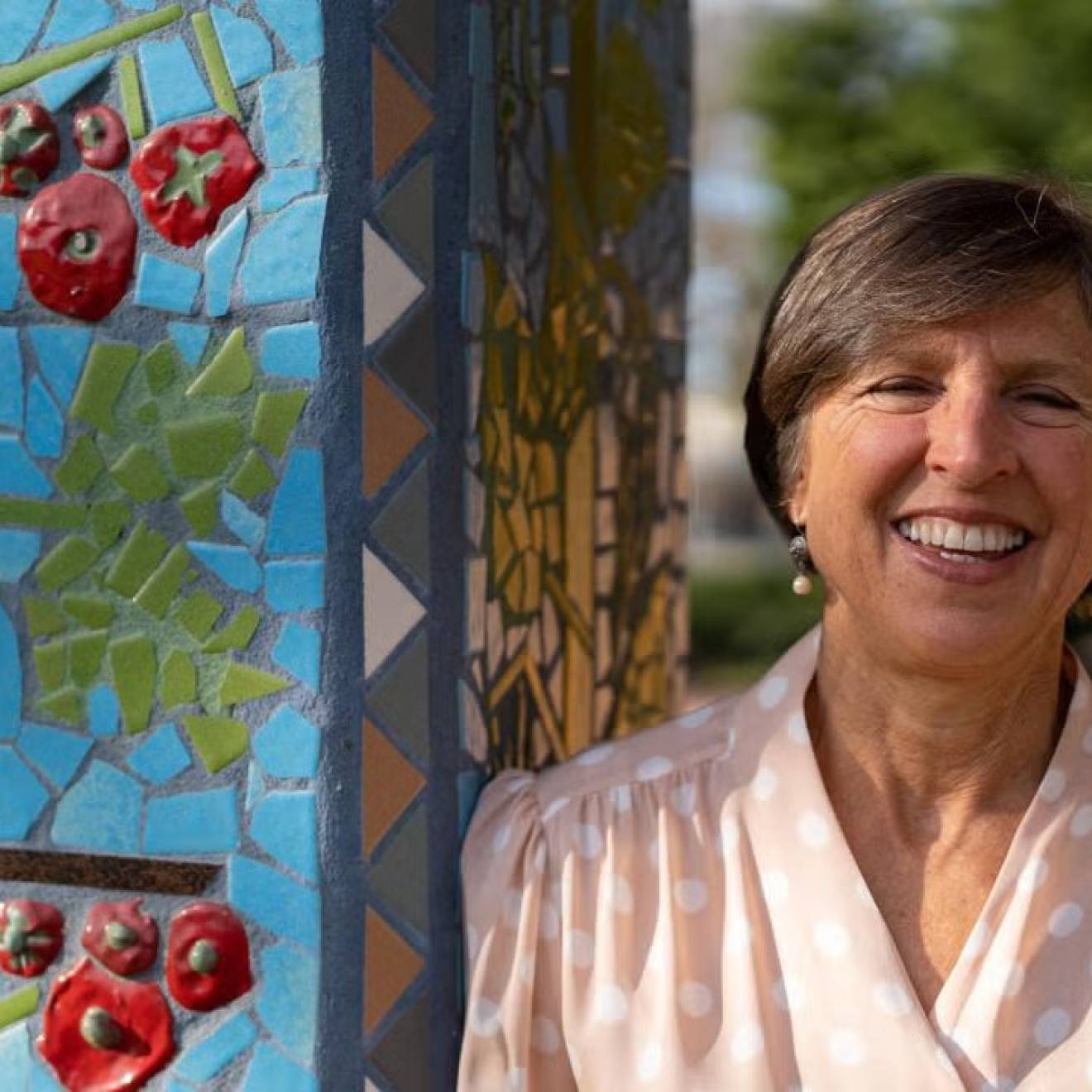Sean Nealon, UC Riverside

A team of students from UC Riverside’s Bourns College of Engineering recently won two awards at an international design competition for a material composed of rice husks that they created as a less costly, more environmentally friendly and termite resistant alternative to particleboard.
In the students’ design, the rice husks, which contain termite-resistant silica, replace woodchips found in traditional particleboard. The students then use environmentally friendly materials to bind the particleboard, instead of the traditionally used glues, which contain formaldehyde that are known to emit harmful gases into the air.
Initial cost estimates compiled by the students, show 4-by-8-foot rice husk boards would cost about $18. Currently, 4-by-8-foot particleboard sheets sell for about $25 in the United States. While the main focus of the project is to create a building material for relief structures in the Philippines, the students believe there could be a market in the United States to use the boards for furniture.
“What we are creating is a really a win-win-win situation,” said Joel Sanchez, a senior chemical engineering major who is a member of the team. “It will last longer, be environmentally friendly and cost less.”
In addition to Sanchez, the team consists of Lamees Alkhamis, Colin Eckerle, Jeniene Abugherir and Chris Yang. All except Eckerle expect to graduate in June. They are advised by Kawai Tam, a lecturer at the Bourns College of Engineering; Michael Rust, a distinguished professor at the Department of Entomology; and David Kisailus, an associate professor at the Department of Chemical and Enviornmental Engineering.
The team, called Husk-to-Home, won two awards, including the Intel Environmental Innovation Award, the top award, and $5,000 at the WERC: A Consortium for Environmental Education and Technology Development competition in Las Cruces, New Mexico. It’s run by the Institute for Energy & the Environment.
The idea for the project came from Tam, via a former student. That former student’s father-in-law’s brother runs a nonprofit, the International Deaf Education Association, in the Philippines that builds temporary housing after natural disasters.
They face problems because the building materials they have, such as coconut wood, bamboo and plywood, are susceptible to termite damage.
Since the Philippines is one of the world’s largest producers of rice and previous research has shown that rice husks and rice straw are termite resistant, the idea was to develop a particleboard-like material with the waste products of rice.
Initially, the project was quite makeshift in large part because the students didn’t have much money to put into it.
That wasn’t a problem with regard to the rice husks, which they purchased at a feed store. A 45-pound bag sells for $12. The rice husks are typically used as bedding for farm animals.
But the students needed $10,000 for a hot press, which would allow them to assemble the rice husk boards in a uniform manner. So, they improvised, using a combination of 9-by-13 baking pans, spring form baking pans, ovens and blow torches.
They also built a makeshift humidity chamber to simulate conditions in the Philippines. The team built the chamber using a plastic container the size of large shoebox, small fan, heating lamp, humidifier, and humidity and temperature sensors. They drilled holes for air and the sensors to be inserted in the chamber.
The other challenge the students faced was acquiring termites. They said they were more expensive than expected – $1 to $1.50 per termite – when ordered through the mail and there was no guarantee they would arrive alive.
Instead, the students worked with Rust to collect termites. But, they faced the additional problem that termites are dormant from roughly November to March.
Initially, the students used epoxy, a not-so-environmentally-friendly material, as the binding agent. Now, they are focused on using tannin, a compound naturally found in plants, and casein, a protein found in milk. For the casein experiments they use nonfat instant dry milk they buy at a grocery store.
By March, the students had raised $10,000 to buy the hot press. Once the press arrived, they immediately began experimenting with rice husk boards made with tannin and casein.
Initial results show that the tannin boards are strong enough, but not water resistant, while casein boards are water resistant but not strong enough.
The students are now experimenting with adding coatings or other materials to the mixture. Options include adding shrimp shells, which are abundant in the Philippines. They also plan to add a water resistive coating to eliminate problems with the particleboard falling apart in the humid environment. In addition, they want to incorporate rice straw, which could increase strength and flexibility.
The students received funding for the project from EEC Environmental, Insight Environmental Engineering and Construction, AECOM International, UC Riverside Undergraduate Education, and UC Riverside’s Department of Mechanical Engineering. The students also are working closely with UC Riverside’s chapter of Engineers Without Borders.

